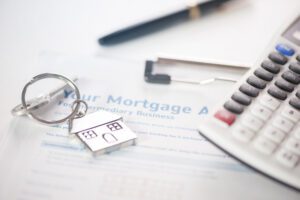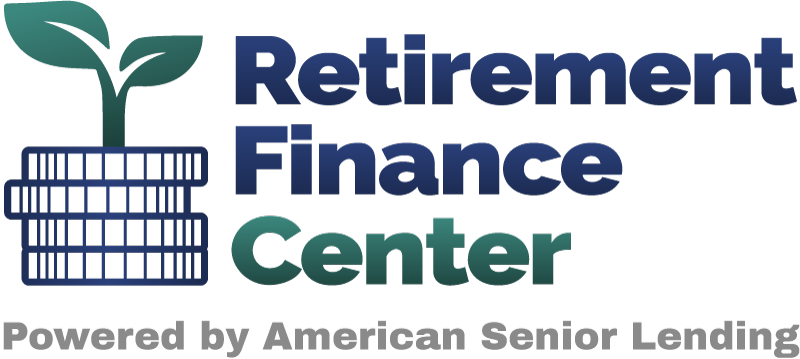Reverse Mortgage Loan Process
As a senior, you may be considering a reverse mortgage loan to help supplement your income during retirement. Reverse mortgages are loans that allow you to access a portion of the equity in your home, without having to immediately sell it or make monthly mortgage payments (the borrower still needs to pay property taxes and insurance).
Instead, the loan is repaid when the borrower passes away, ceases using the home as the borrower’s primary residence, or no longer meets their loan obligations.
When considering a reverse mortgage, it’s important to understand the process of completing the loan. The loan process is different for each homeowner, generally speaking, Here are the steps you’ll need to take:
 The first step in completing a reverse mortgage is to research the different types of reverse mortgages available, as well as the requirements and fees associated with each option.
Consider speaking with a financial advisor or a HUD-approved reverse mortgage counselor to help you understand the pros and cons of each type of loan.
The first step in completing a reverse mortgage is to research the different types of reverse mortgages available, as well as the requirements and fees associated with each option.
Consider speaking with a financial advisor or a HUD-approved reverse mortgage counselor to help you understand the pros and cons of each type of loan.
Step 1: Research reverse mortgages
 The first step in completing a reverse mortgage is to research the different types of reverse mortgages available, as well as the requirements and fees associated with each option.
Consider speaking with a financial advisor or a HUD-approved reverse mortgage counselor to help you understand the pros and cons of each type of loan.
The first step in completing a reverse mortgage is to research the different types of reverse mortgages available, as well as the requirements and fees associated with each option.
Consider speaking with a financial advisor or a HUD-approved reverse mortgage counselor to help you understand the pros and cons of each type of loan.
Step 2: Choose a lender
Once you’ve decided on a type of reverse mortgage, you’ll need to choose a lender. Consider speaking with multiple lenders to compare interest rates, fees, and other terms and conditions.Step 3: Attend counseling
As part of the reverse mortgage process, you’ll be required to attend a counseling session with a HUD-approved counselor. The counselor will explain the loan’s terms, costs, and potential risks to ensure you understand the loan’s implications and that the loan is appropriate for your financial situation.Step 4: Submit an application

